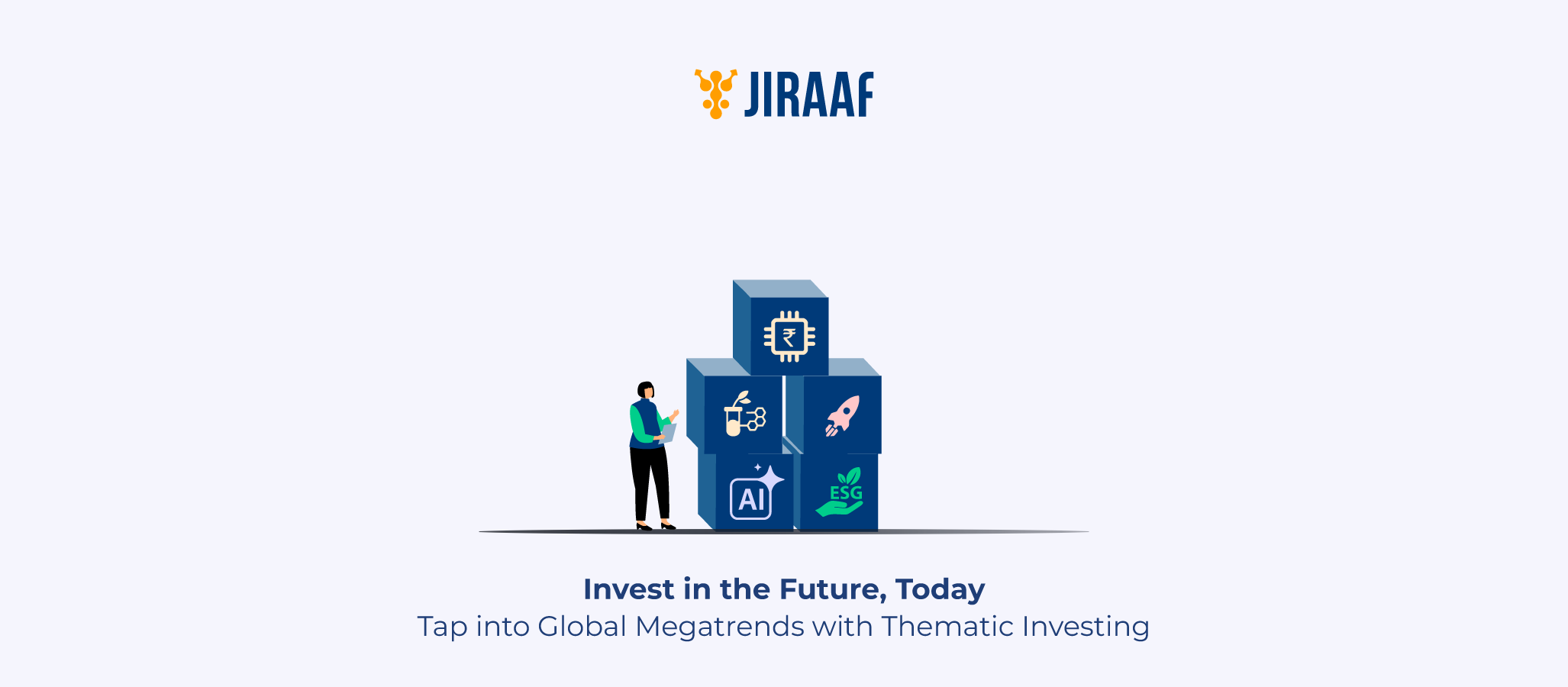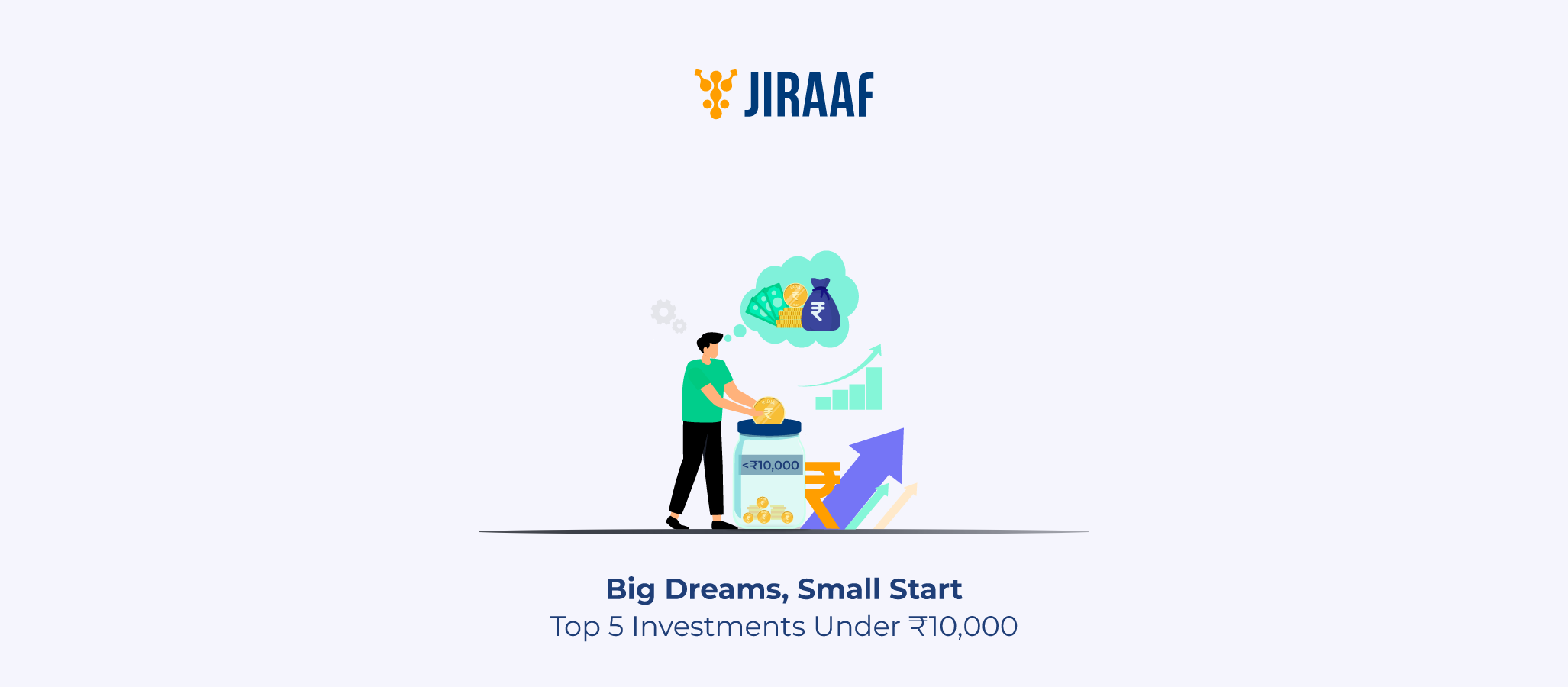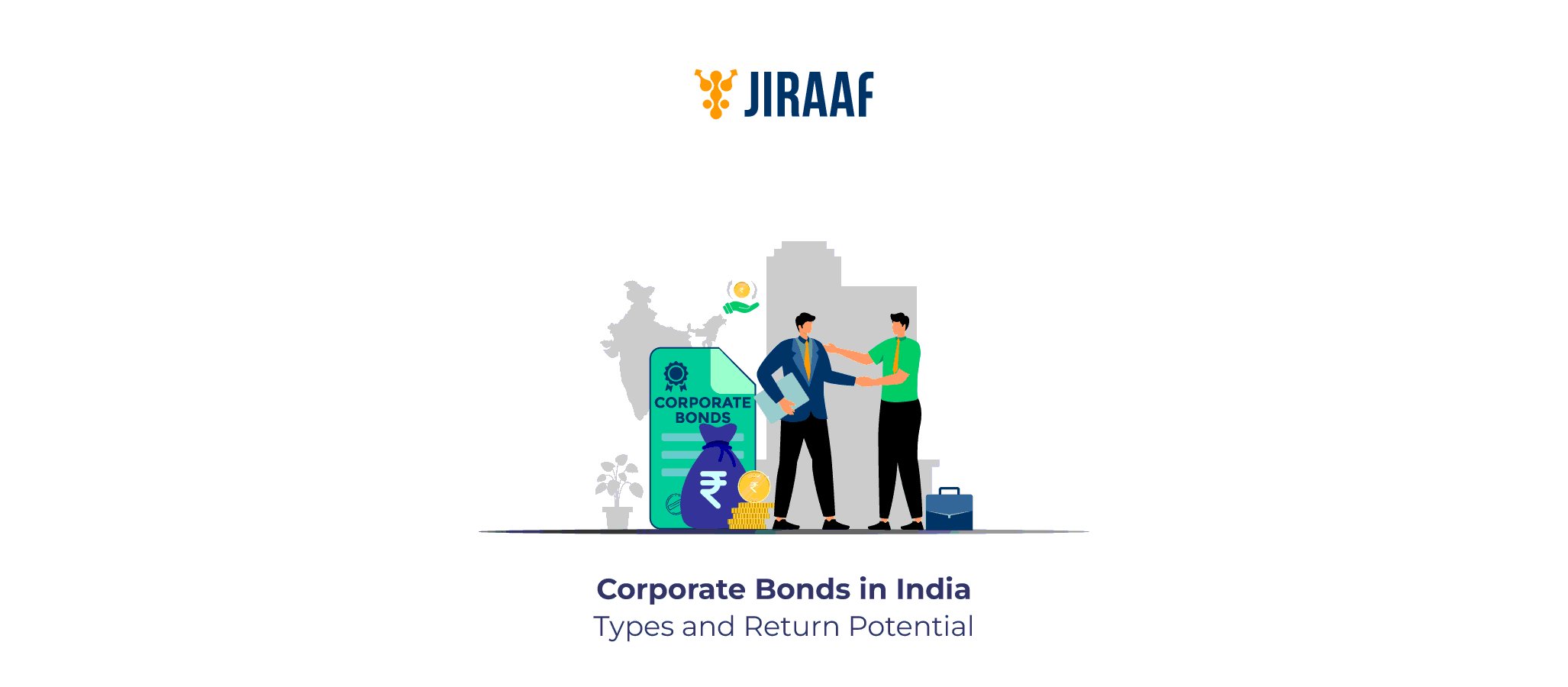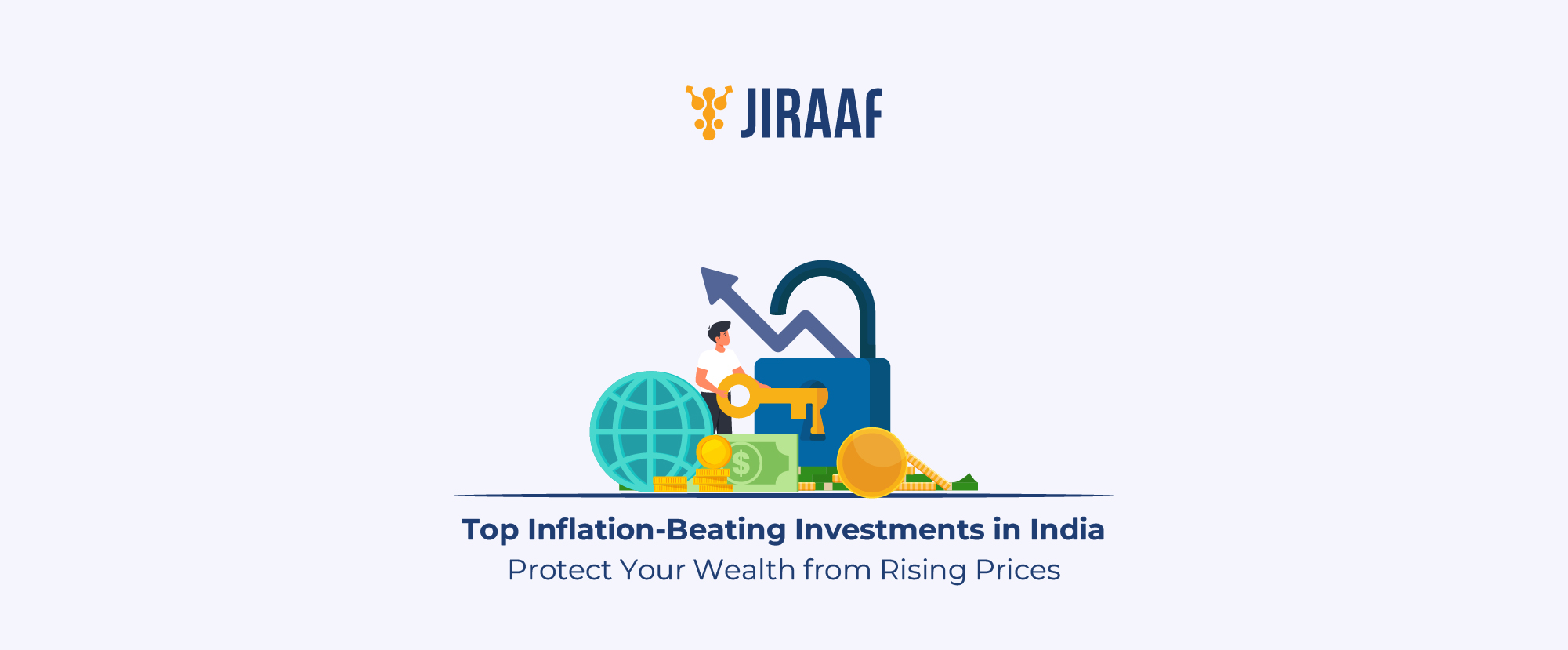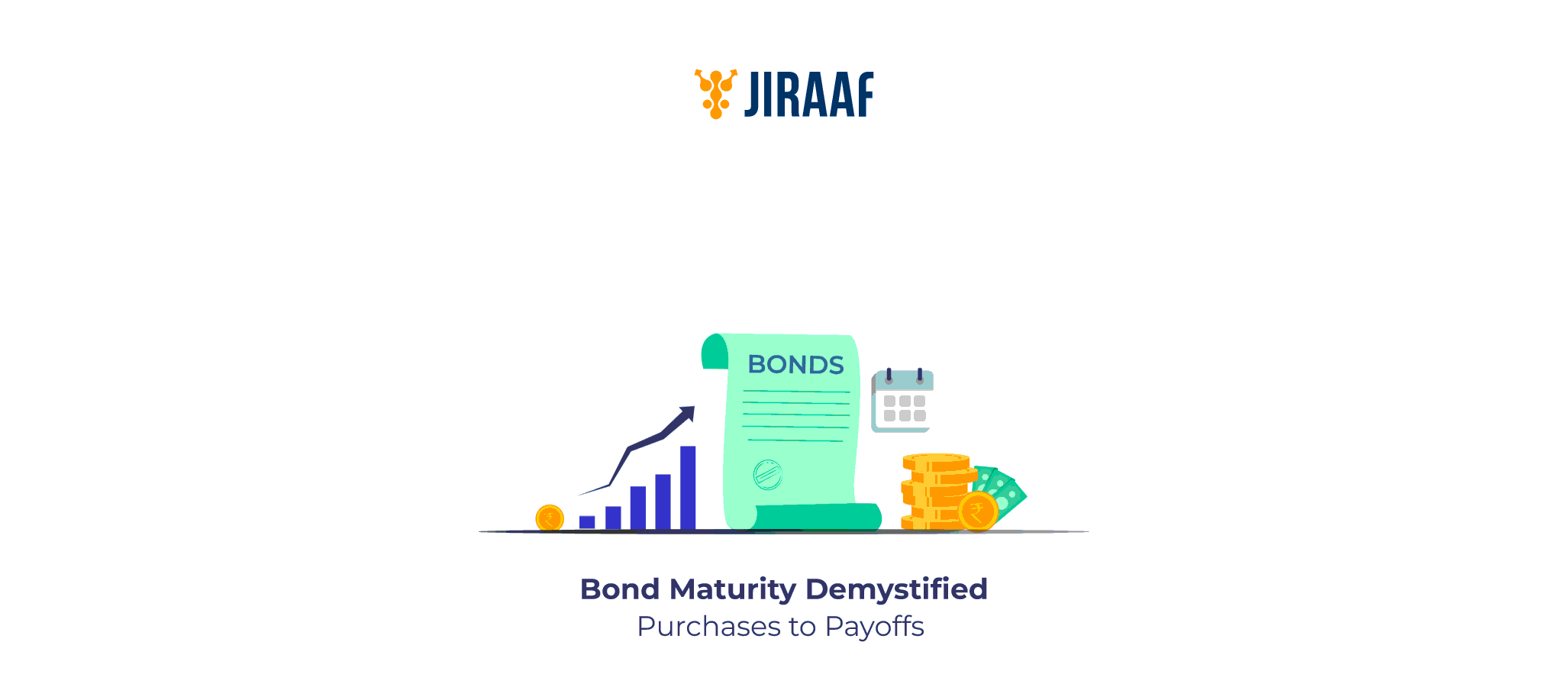Thematic investing extends beyond conventional industries like banking and pharmaceuticals. It focuses on significant worldwide trends that are anticipated to influence the future, like demographic changes, AI, and renewable energy. Investors hope to profit from long-term growth fueled by social, technological, and economic transformation by coordinating their portfolios with these themes.
Understanding Thematic Investing
Building an investment portfolio around a particular concept or trend that has the potential to eventually impact numerous industries is the essence of thematic investing. Thematic investing examines cross-sector opportunities fueled by long-term structural changes, in contrast to traditional techniques that are based on sector classification or company fundamentals.
For instance, the concept of clean energy may encompass enterprises that make batteries, electric vehicles, and sustainable infrastructure in addition to power producing companies. Software firms, cloud service providers, fintech organizations, and even logistics companies implementing cutting-edge technology can all be included in the concept of digital transformation.
Thematic investment, to put it simply, is focused on the future. Rather than asking, “Which sector or company is doing well today?” It asks, “Which trend is most likely to change the economy tomorrow?”
How Does Thematic Investing Work?
Megatrends—long-term factors like digitalization, clean energy, or aging populations—are the focus of thematic investing. Investors choose funds and businesses that fit these themes, which frequently span several industries.
Identifying the Theme: identifying worldwide changes including population shifts, climate change, and artificial intelligence.
Mapping Opportunities: knowing which businesses and industries gain from the subject either directly or indirectly.
Portfolio Construction: putting money into exchange-traded funds (ETFs), thematic mutual funds, or carefully chosen stocks.
Continuous Monitoring: Monitoring the theme’s continued relevance and modifying investments as necessary.
This strategy exposes investors to growth that is driven by the future rather than merely the market leaders now.
Popular Investment Themes to Explore
Thematic investment provides access to a variety of innovative ideas for the future. The following are a some of the most popular themes:
- Technology & Digital Transformation: Technology continues to be a major theme, from cloud computing and artificial intelligence to fintech and e-commerce. Businesses at the forefront of digital payments, automation, and cybersecurity are frequently at the heart of this movement.
- Clean Energy & Sustainability: Electric cars, renewable energy, and sustainable infrastructure are becoming essential to growth as the globe moves away from fossil fuels. This theme is driven by accelerating government policies globally aiming for net-zero emissions by mid-century and rapid advancements in energy storage technology.
- Healthcare and Longevity: Opportunities in biotechnology, pharmaceuticals, and medical devices have been brought about by the world’s aging population and growing healthcare demands. Attention is also being drawn to advancements in AI-driven healthcare solutions and tailored medication.
- Sustainability and Ethical Investing: Businesses that put an emphasis on social impact, environmental responsibility, and good governance are receiving more and more rewards from investors. Capital allocation in several industries is being impacted by this approach.
- Demographic and Lifestyle Changes: New markets are being shaped by changes in consumer behavior, including urbanization, digital-first lives, and better eating. Over time, businesses that adjust to these developments stand to gain.
Themes often overlap with sectors, but they’re not the same. Let’s see how thematic investing differs from traditional sector-based investing.
Thematic Investing vs Sector Investing
| Aspect | Sector Investing | Thematic Investing |
| Focus | One specific industry (e.g., IT, banking, healthcare) | Broad ideas or trends (e.g., electric mobility, digital transformation) |
| Scope | Limited to companies within a single sector | Includes companies across multiple sectors linked to the theme |
| Driver of Growth | Industry performance and economic cycle | Long-term megatrends shaping the future |
| Example | Investing only in pharmaceutical companies | Investing in healthcare innovation: pharma, biotech, AI diagnostics, and medical devices |
| Key Question | “Which industry will perform well?” | “Which trend will reshape the future?” |
By now, it’s clear that thematic investing gives you a wider lens than traditional sector-based strategies. But why are more investors turning to it? Let’s look at the key benefits.
Benefits of Thematic Investing
Because it enables investors to connect their portfolios with the future, thematic investing has grown in popularity. Among the principal benefits are:
- Exposure to Long-Term Growth: Investors can profit from concepts that are anticipated to materialize across decades rather than just market cycles by concentrating on structural trends like clean energy or digital adoption.
- Diversification Beyond Sectors: A single subject can incorporate businesses from various industries since themes transcend industries, which reduces dependency on a single sector of the economy.
- Alignment with Global Trends: Issues like artificial intelligence, aging populations, and sustainability are not country specific. Investors are exposed to global growth drivers through this strategy.
- Future-Focused Investing: Thematic methods position portfolios for the direction of the economy and consumer behavior rather than focusing on historical performance.
- Personal Connection: The ability to invest in concepts they support, such as healthcare innovation or renewable energy, while still seeking profits makes thematic funds more appealing to many investors.
While thematic investing has clear advantages, it’s not risk-free. Here are some key points to watch out for.
Risks and Considerations in Thematic Strategies
The future-focused nature of thematic investing makes it appealing, but it’s crucial to comprehend the dangers before making a financial commitment.
- Higher Volatility: The sentiment of investors toward a trend is often reflected in the movement of thematic funds. For instance, when policies are helpful, stocks of renewable energy may expand quickly; yet, when subsidies are reduced, they may decrease precipitously. They generally may be more volatile than broad market funds as a result.
- Timing the Theme: Success in theme investing hinges significantly on when you enter. If you invest after a theme has already gathered popularity, much of the growth may already be factored in. Late entry sometimes results in lesser returns or even losses.
- Concentration Risk: Themes are still connected to a single concept even though they may transcend industries. If that notion underperforms or fades away, your portfolio can be exposed to more downside risk.
- Uncertainty of Trends: Not all of the themes come to pass as planned. 3D printing, for instance, was originally thought to be a game-changing technology, but acceptance has been slower than expected. It could not be profitable to place large bets on such issues.
- Limited Track Record: Many thematic funds have only a few years of performance history, making them relatively new. Because of this, investors find it challenging to assess their performance over many market cycles.
To put it briefly, theme investing has the potential to be very effective, but to prevent becoming overexposed to a single concept, it necessitates careful selection, timing, and diversification.
The risks don’t make thematic investing a bad choice—they just mean it isn’t right for everyone. The key question is: does this strategy match your investment style and risk appetite? Let’s find out.
Is Thematic Investing Right for You?
Some investors may find thematic investing to be a wonderful fit, but not all of them will. Before making a choice, consider the following points:
- Your Risk Profile: Thematic funds can be right for you if you don’t mind short-term fluctuations in exchange for the potential for larger long-term returns. However, conservative investors may find it challenging to control the volatility.
- Investment Horizon: Typically, themes take years to develop. While investors hoping for rapid gains might be let down, individuals with a longer time horizon (5–10 years or more) are more likely to profit.
- Portfolio Role: Thematic investments are most effective when used as a satellite allocation, which is a smaller portion of your portfolio that supports your index or diversified fund core investments. Investing all of your money in a single theme raises the risk.
- Interest in Global Trends: Thematic investing can be both financially appealing and personally fulfilling if you enjoy matching your investments with important concepts like sustainability, artificial intelligence, or healthcare innovation.
Conclusion
Thematic investing is a forward-thinking strategy that enables investors to follow significant worldwide trends like clean energy, technology, and innovative healthcare. Long-term growth is possible, but there are hazards as well, like volatility and reliance on theme evolution. Thematic investing, when properly included into a diversified portfolio, can be a lucrative means of contributing to the concepts influencing the future.
FAQs About Thematic Investing
They may underperform in larger markets if the trend slows down or fails, but they may also outperform if the selected subject grows rapidly. They should be included in a diversified portfolio for this reason.
They may be both. While some thematic mutual funds are passive ETFs that track a theme-based index, others are actively managed by fund managers.
Thematic funds can be volatile, therefore investors with short-term objectives, limited risk tolerance, or those looking for steady income (such as retirees) should exercise caution.
Indeed. It is most effective for investors with a 7–10 year or longer horizon who can tolerate short-term volatility because most themes take place over a number of years.
